ITOP Member
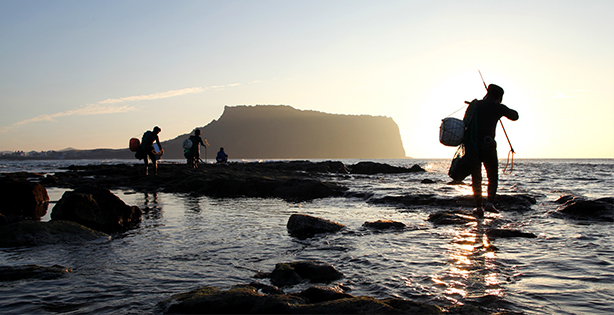
Jeju is an island located in south-west of the Korean Peninsula. It is the biggest island of Republic of Korea. Basalt rocks cover more than 90% area of this universal volcanic island. An island strategically positioned connecting Continents (Russia, China) and Oceans (Japan, South-East Asia). A universal recreational island with beautiful natural landscape received as a gift from nature.
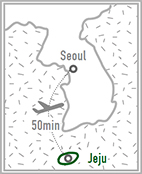
Jeju Special Self-Governing Province
Jeju City
Korean
670k
Temperate oceanic climate
Jeju International Airport
16 million
Korean Won (KRW)
Agriculture, Fishing and Tourism
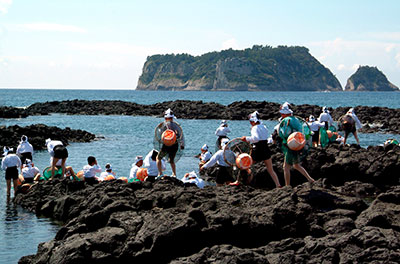
A haenyeo is a woman who dives into the sea to collect sea cucumbers, abalone, and seaweed as her profession. They may seem like mythical mermaid princesses, but they are actually known as 'Mothers of the Sea'. The culture of Jeju haenyeo was officially recognized by UNESCO, for their Intangible Cultural Heritage. The haenyeo dives into the sea without the help of mechanical devices, such as oxygen tanks. She risks her life every time she dives into the sea. When the haenyeo’s work is finished in the water, she comes out to farm the fields for making a decent living . This is why the life of a Jeju haenyeo symbolizes hardship and strength. It is the symbol of the haenyeo, and the symbol of the land of Jeju, which thrived even in harsh conditions.
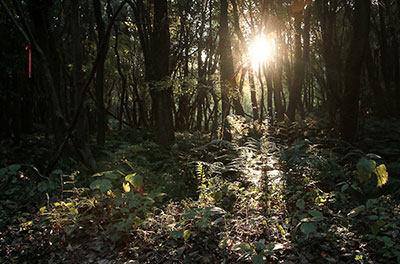
Gotjawal is a unique forest created on a lava region. It is spread over a vast expanse of land, including Gueok Village, where Chusa Yobae-gil Trail (Exile Path) passes through, and nearby areas like Mureung, Sinpyeong, and Jeoji Village. Gotjawal, widely known as the lungs of Jejudo Island, has a very unique ecological system where different species of plants grow together. As Chusa put it, inside Gotjawal, only strands of the sky can be seen from the shade of the trees. He also said that he saw trees that did not wither in winter as well as beautiful autumn foliage. He enjoyed the exotic view of the forest, which was very different from the forests inland.
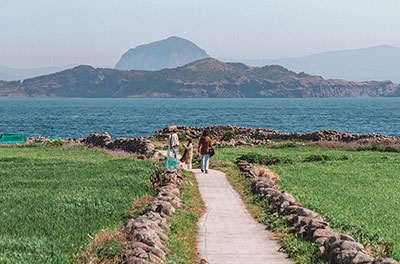
Olle Trails are walking routes that circumnavigate Jeju. There are 27 trails that come together to create a 437km network of paths along the island’s coast—as well as on the smaller islands off Jeju’s shore. Most of the trails are between 15km and 20km, and each path takes in a variety of Jeju sites, including; the sea, coastal villages, forests, and volcanic hills, doing so by passing through 135 villages and over 130 famous tourist destinations. When visitors walk on Olle, they are encouraged to embrace a slow, healing, eco-friendly journey. They see a part of Jeju they are unlikely to experience when moving from site to site in a car. All the paths are marked by distinctive blue and orange symbols. These may be ribbons tied to trees, arrows painted on the floor, or signposts.